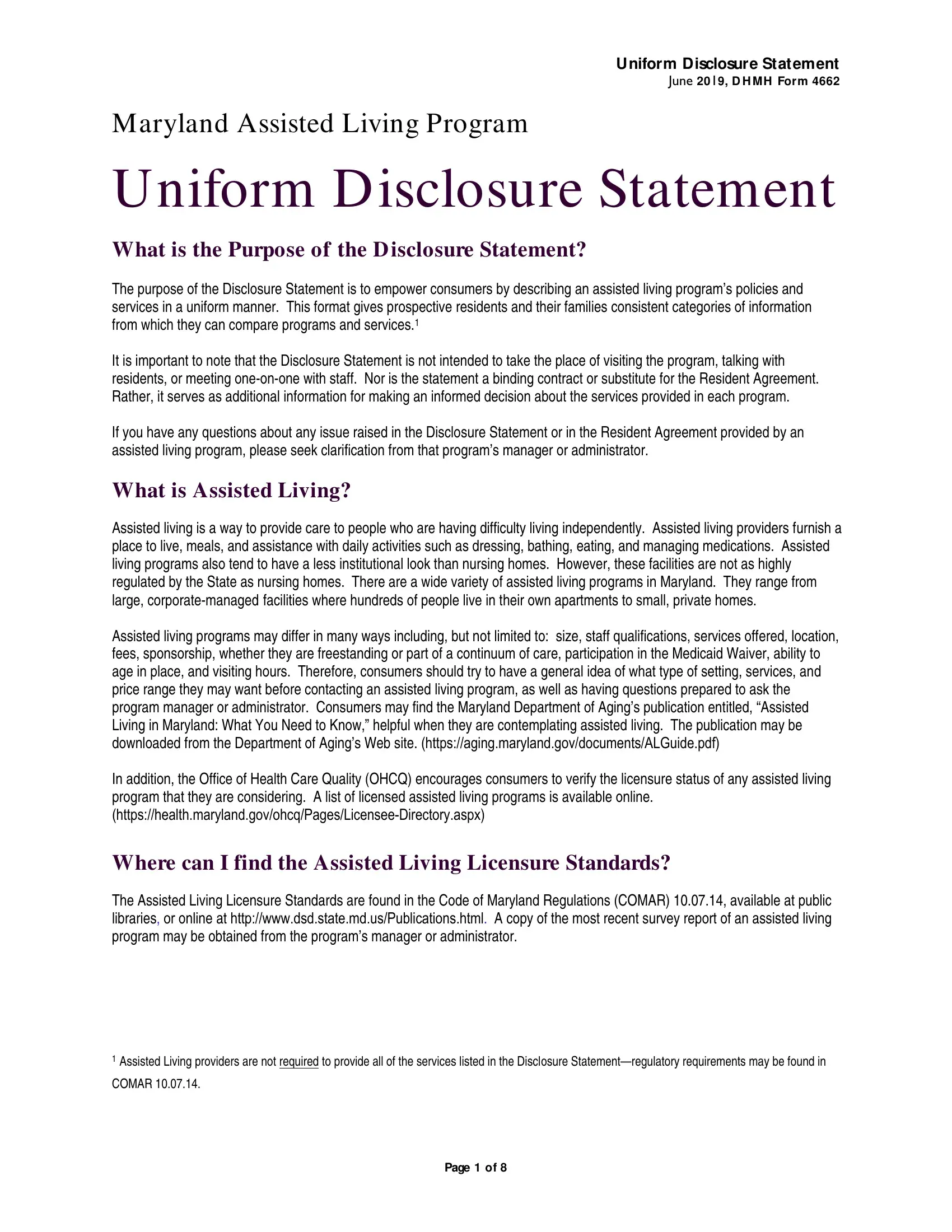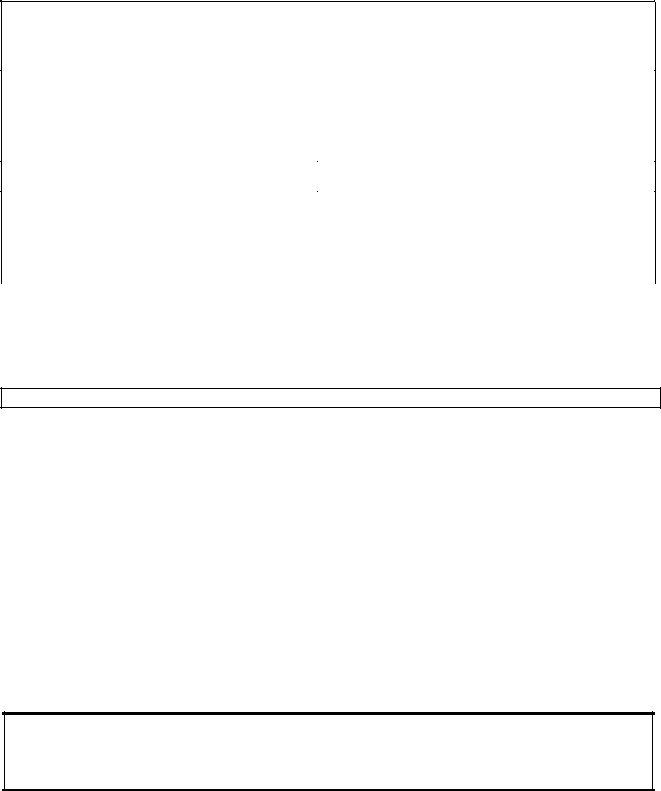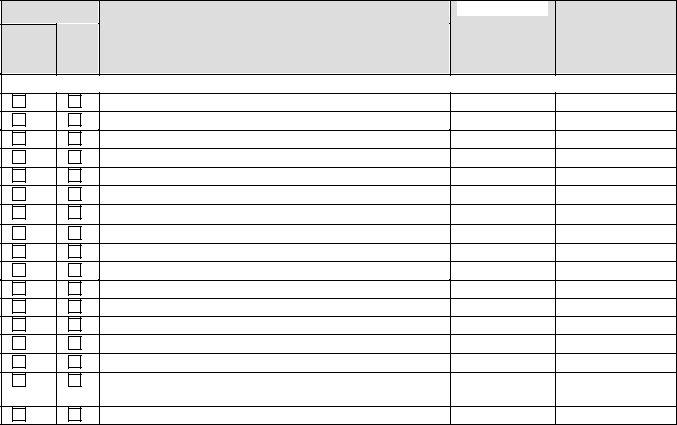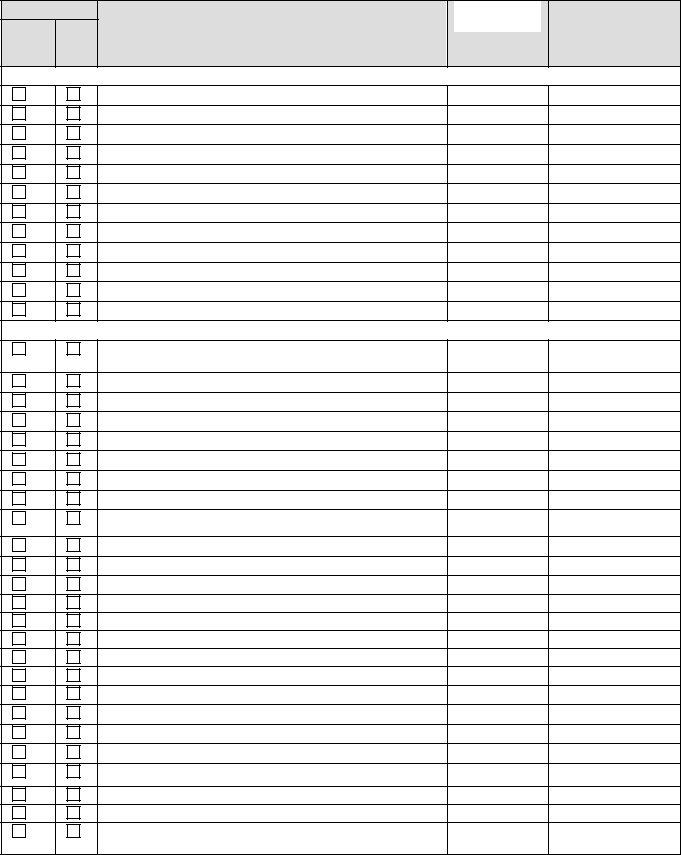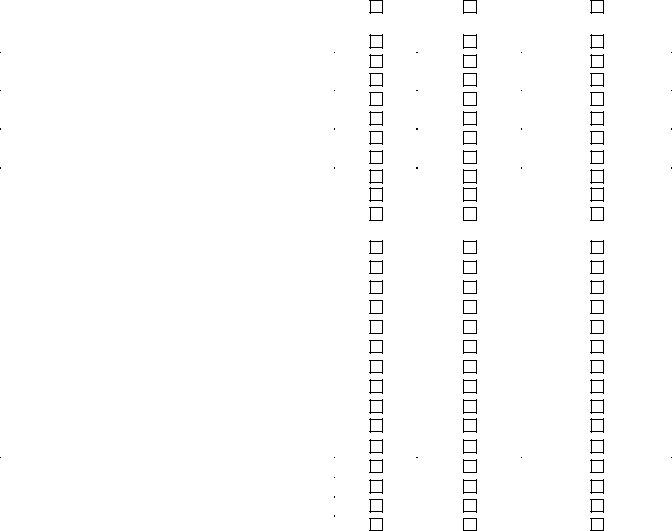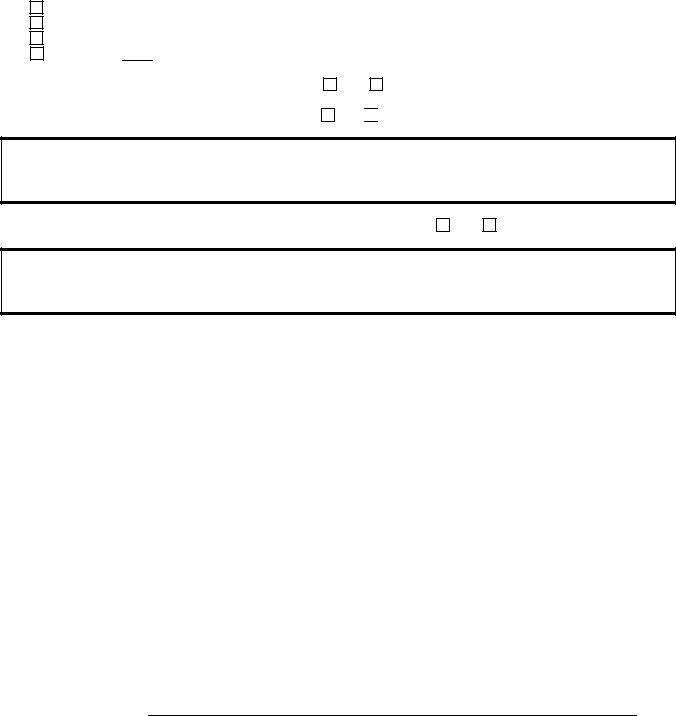maryland manner format form can be filled in online very easily. Just open FormsPal PDF editing tool to complete the job fast. FormsPal is dedicated to providing you with the best possible experience with our editor by continuously presenting new functions and upgrades. Our tool is now much more intuitive with the newest updates! So now, filling out PDF forms is a lot easier and faster than before. Here is what you'd have to do to start:
Step 1: Click the "Get Form" button at the top of this webpage to access our PDF editor.
Step 2: As you open the editor, you will see the document prepared to be filled out. Apart from filling in different fields, you could also perform several other things with the Document, that is putting on custom words, editing the original textual content, inserting images, placing your signature to the PDF, and a lot more.
This PDF will require specific details to be typed in, thus you need to take some time to fill in what's asked:
1. When completing the maryland manner format form, ensure to include all of the essential blank fields within its associated form section. It will help to speed up the process, allowing your details to be handled efficiently and correctly.

2. Now that the previous part is completed, you should insert the needed specifics in What are levels of care, The levels of care correspond with, A residents level of care is, Some assisted living programs may, and Explanation You may attach so you're able to move on further.
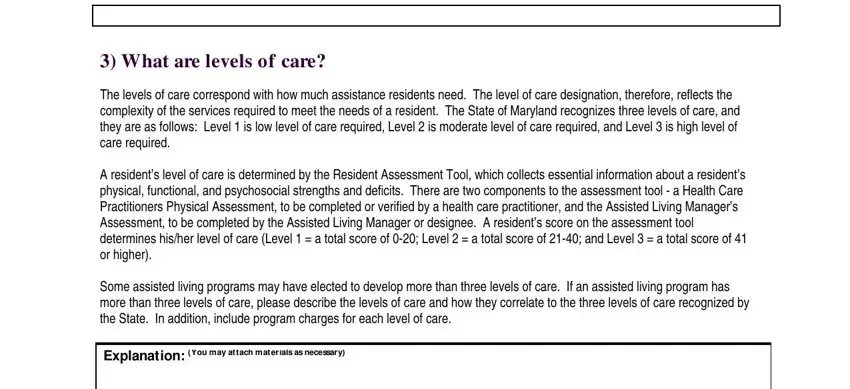
3. Your next part is usually simple - fill out every one of the empty fields in Nursing and Clinical Care, Hour Awake Staff Including Awake, and Consultant pharmacist medication to finish this process.
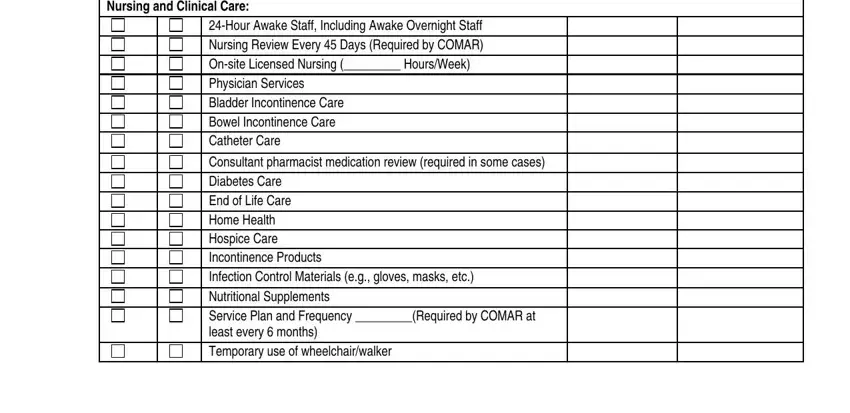
4. The subsequent subsection comes next with these empty form fields to consider: Personal Care, ArrangeCoordinate Medical, Assistance with bathing, Assistance with dressing, Assistance with handling money, Assistance with incontinence, Assistance with preparing meals, Assistance with shopping for food, Assistance with toileting, Companion Services, Housekeeping, MobilityTransfer Assistance, Personal Care Items, Environment, and Activities program days per week.
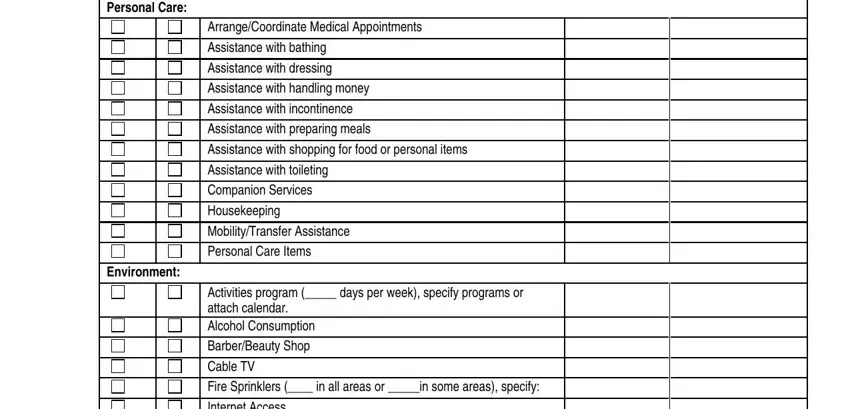
Always be very attentive while filling in Assistance with bathing and Personal Care Items, because this is the part where a lot of people make errors.
5. This pdf has to be finalized by filling in this area. Further you have a detailed list of form fields that require appropriate information for your document usage to be complete: Internet Access, LinensTowels, Chair Glide System, Dry Cleaning Services, Elevators, Emergency Call System, Emergency Generator Fire Alarm, Ramps, Security Services specify, Smoking, Secured Areas, and Sprinkler system Transportation.
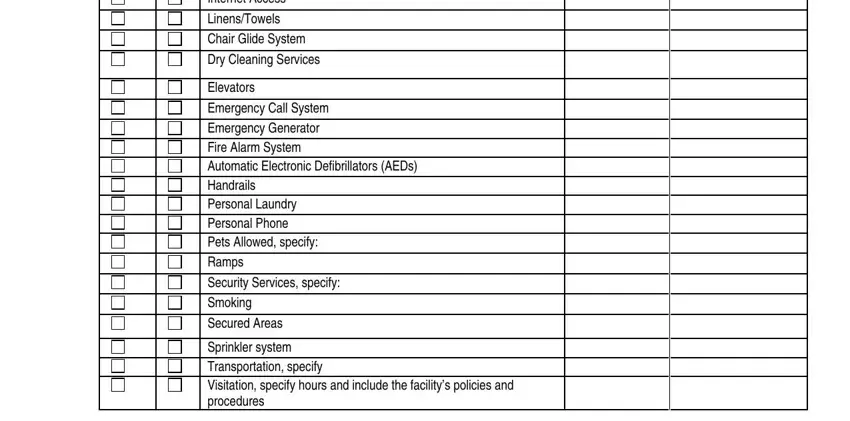
Step 3: When you've looked over the information provided, press "Done" to conclude your FormsPal process. Sign up with FormsPal now and easily obtain maryland manner format form, available for downloading. All modifications made by you are kept , meaning you can modify the file at a later stage when necessary. At FormsPal.com, we strive to make sure that all of your details are maintained secure.
